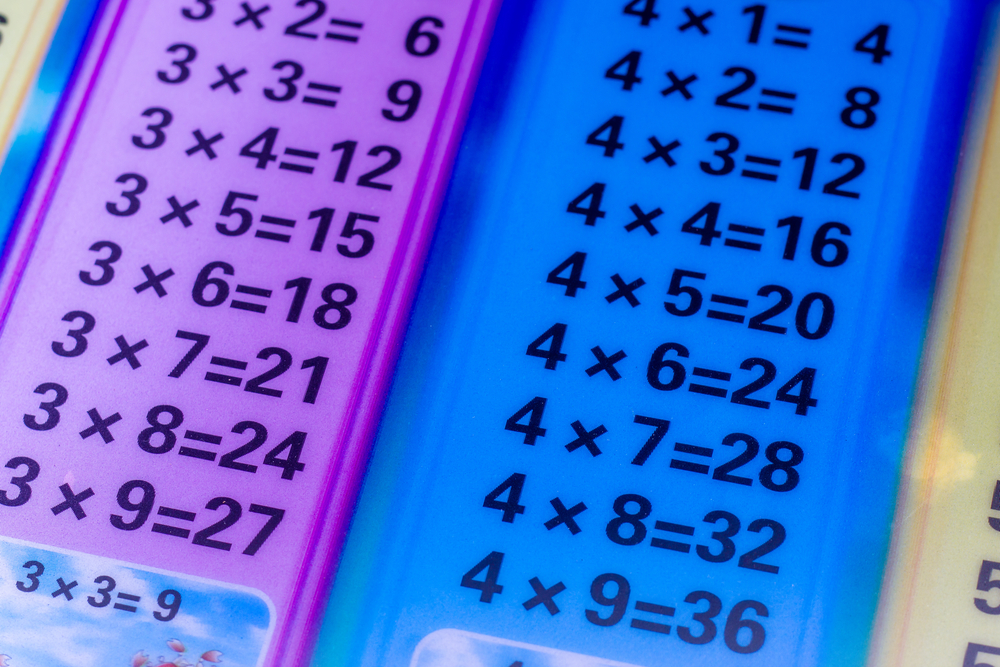The focus of this activity is for students to justify how they know the new number chosen is a factor or multiple of the previous number. Overtime the use (or avoidance) of prime numbers becomes a strategy in this game.
Purpose
- Identify the qualities of a good mathematician
- Demonstrate the qualities of a good mathematician
- Explain and record thinking using a systematic approach
- Identify and explain multiples of different numbers
- Identify and explain factors of different numbers
- Recognise and develop a definition for Prime numbers
- Recognise and develop a definition for composite numbers
Curriculum Connections: VICTORIAN CURRICULUM F-10
NUMBER & ALGEBRA – Year 5
- Identify and describe factors and multiples of whole numbers and use them to solve problems (VCMNA181)
- Use efficient mental and written strategies and apply appropriate digital technologies to solve problems (VCMNA185)
NUMBER & ALGEBRA – Year 6
- Identify and describe properties of prime, composite, square and triangular numbers (VCMNA208)
At the end of this lesson students should be able to answer the following questions
- What is a multiple?
- What is a factor?
- Can you use your multiplication facts to help you identify the factors or multiples?
- Do all numbers have the same number of factors?
- Do odd numbers have more factors? Or even number?
- What do we call numbers that have only one factor?
- Why are prime numbers special?
- If a number is not a prime, what is it called?
- How are composite number created?
- How can you record your number sequence?
- What numbers should you avoid if you want to get a high total?
For more information, please download the attached lesson plan.
Recommended Posts



